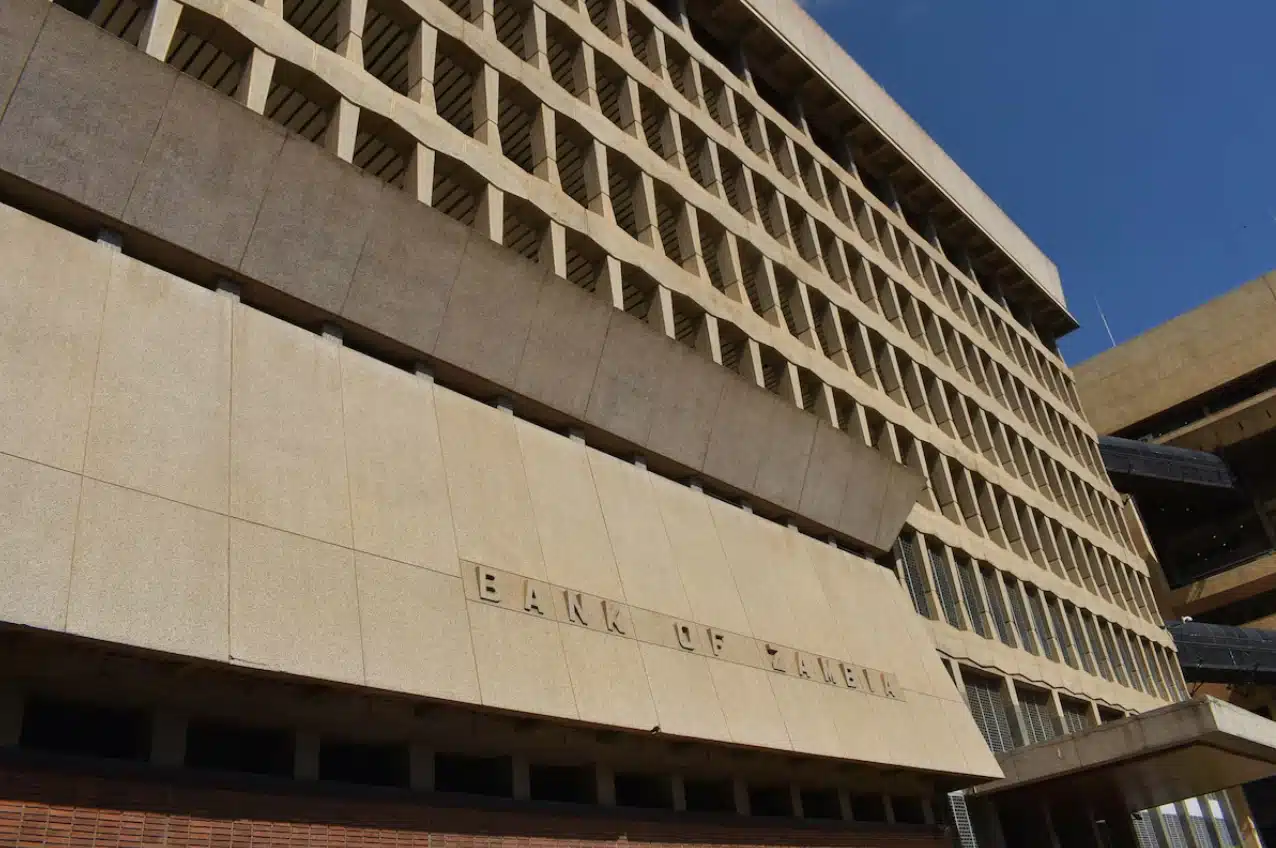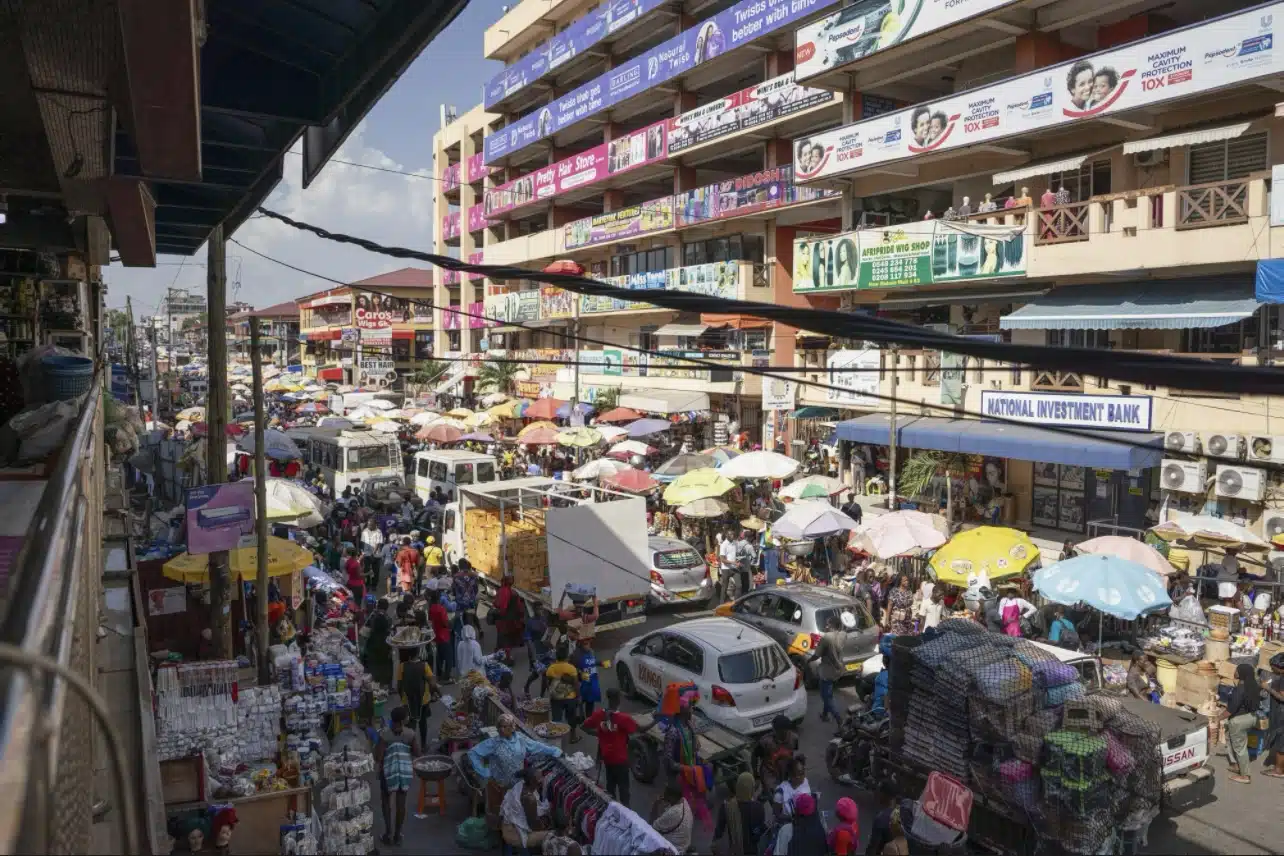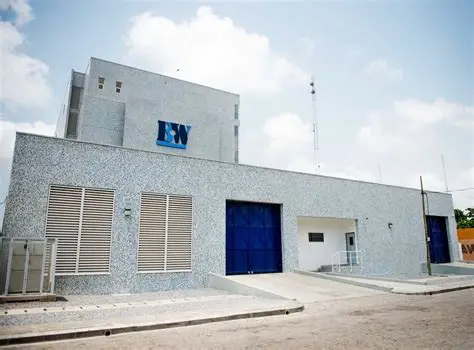Zambia’s central bank retained its benchmark interest rate at 14.5% on Friday, pausing its monetary tightening cycle amid growing optimism over the inflation outlook.
The Bank of Zambia’s (BOZ) decision follows two consecutive hikes of 50 basis points in November and February, aimed at curbing rising consumer prices.
The pause signals a shift in policy direction as inflationary pressures begin to ease, particularly on the back of improving food supply conditions.
“The forecast over the next eight quarters shows that inflation will decline faster towards the 6–8% target band than projected in February,” central bank Governor Denny Kalyalya said during a press conference in Lusaka.
The bank now expects average inflation to fall to 13.5% in 2025, down from a previous projection of 14.6%.
Although the annual inflation rate remained unchanged at 16.5% in April, officials anticipate continued moderation in prices of food and beverages, which account for more than half of the inflation basket.
This optimism is fuelled by the country’s record maize harvest.
Acting Statistician-General Sheila Mudenda had on Thursday said that farmers produced an estimated 3.66 million tonnes of maize, more than double the 1.5 million tonnes recorded a year earlier and the highest output in Zambia’s history.
“This is a great achievement,” said acting Agriculture Minister Sylvia Masebo. “Especially considering the drought the country had witnessed last season.”
The rebound in maize production follows improved rainfall helping the southern African nation recover from last year’s El Niño-induced drought—the worst in over a century.
That drought decimated crop yields and forced the government to import food at high cost.
Prices for maize meal, used to prepare nshima, the national staple, rose 10.2% year-on-year in April.
However, food price growth began slowing in March for the first time in more than a year.
The central bank also revised its 2024 gross domestic product (GDP) growth forecast to 4%, up sharply from the 1.2% estimate given in February, citing a stronger-than-expected post-drought recovery.
With inflation projected to return to the 6–8% target band in the next two years—its first time within range since May 2019—the decision to hold the policy rate reflects cautious optimism about the country’s economic trajectory.









